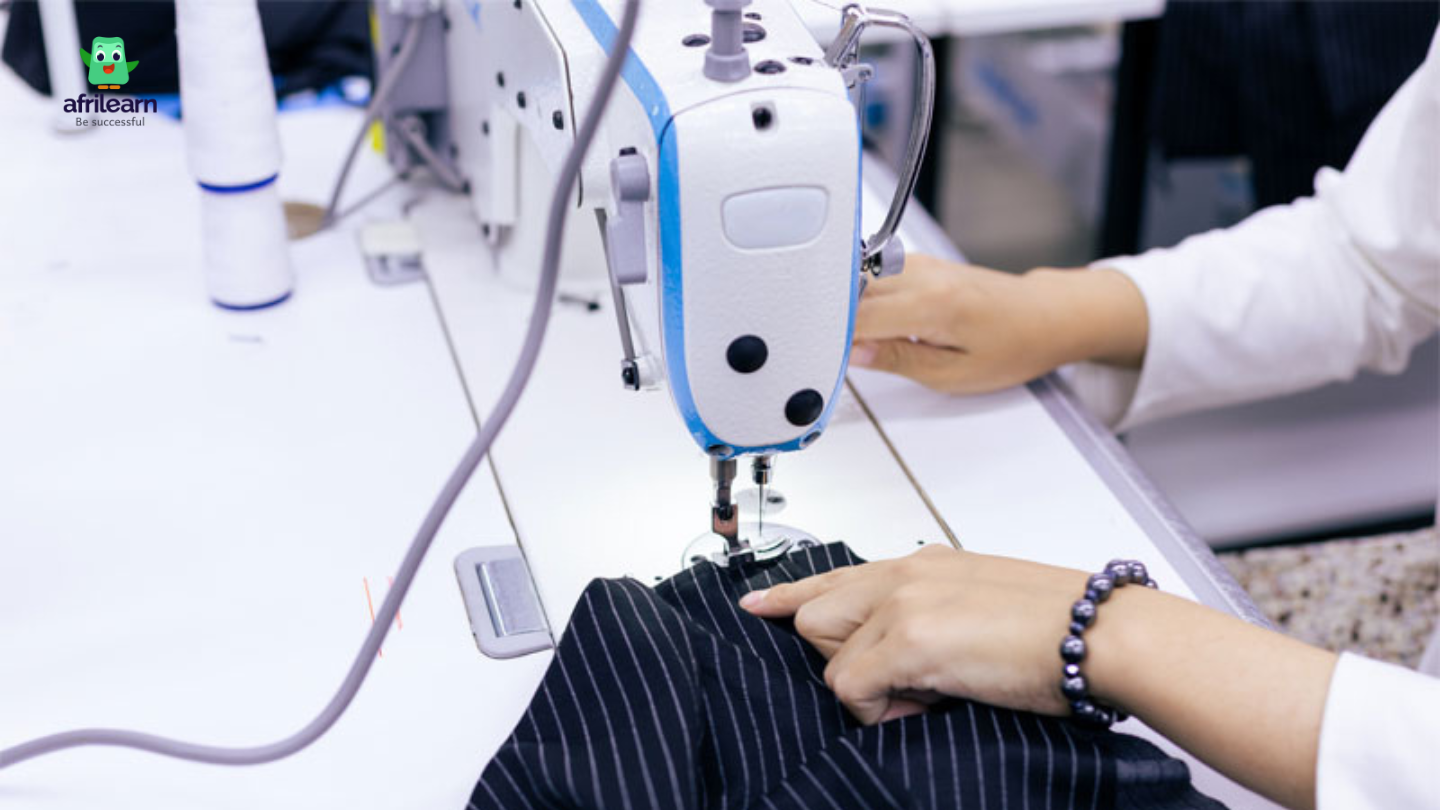Back to: Vocational Studies Primary 6
Welcome to class, creative mind!
Today, we’re starting with something really exciting and important: learning about seams. Seams are what make our clothes stay together, strong and neat. Think of them as the glue that holds everything in place. We are going to explore what seams are, the different types, and why they are important in making beautiful clothes. Let’s get started!
Have you ever noticed the edges of your clothes where two pieces of fabric meet? Those lines where the fabrics are sewn together are called seams. Just like when you glue paper together, seams hold fabric tightly so we can wear clothes that last for a long time. Here, we’ll learn about different types of seams and why they are important.
What is a Seam?
A seam is the line where two pieces of fabric are sewn together. Imagine you have two pieces of cloth, and you want them to stay together to make a shirt or dress. You use a needle and thread to create a seam. It’s like drawing a path between the two fabrics with your thread, making sure they stay connected. Seams are found in all types of clothing – from your school uniform to your favourite party dress.
Types of Seams
Let’s look at some common types of seams you’ll see in clothing:
- Plain/Open Seam (The Basic Seam)
This is the simplest and most common seam used in almost every type of clothing. It’s like a simple line that holds two pieces of fabric together. It is strong and neat, and it works for everyday clothes like your school uniform or T-shirt. Imagine cutting two pieces of fabric and then sewing them together with a straight line – that’s a plain seam! - Run and Fell Seam (The Super Strong Seam)
This seam is for clothes that need extra strength, like jeans or school bags. It starts with a plain seam, but then one of the fabric edges is folded over and sewn again, making it even stronger. It’s like folding a piece of paper before gluing it to make sure it sticks really well. - French Seam (The Neat and Clean Seam)
This seam is used for delicate fabrics like silk, where you don’t want any rough edges showing. With a French seam, the rough edges are hidden inside, so the seam looks neat and beautiful on both sides. It’s like wrapping a present neatly so that you don’t see any tape or messy folds.
Why Are Seams Important? (Uses of Seams)
Seams are important because:
- They Hold Fabrics Together
Without seams, your clothes would fall apart. Seams help keep the pieces of fabric connected securely so you can wear your clothes without any problems. - They Make Clothes Comfortable
Seams help shape the fabric so that it fits our bodies perfectly. Imagine wearing a shirt without seams – it would just be a big, floppy piece of fabric! Seams make sure your clothes fit well and feel comfortable. - They Add Style to Clothes
Some seams, like the French seam, are used to make clothes look more stylish and clean. Fashion designers use seams to create beautiful designs and make the clothes look professional.
Let’s think about a pair of jeans you wear. Have you ever looked at the seams on the sides? That’s a run and fell seam. It’s extra strong because jeans are made for tough use – running around, playing, and sitting all day. Now, think of your school shirt. The seams on the sides and shoulders are plain seams. They’re simple but do the job of holding everything together. Finally, imagine a fancy party dress made of silk. It might have French seams, which are neat and tidy, making the dress look smooth and elegant.
Activity Time
- Look at Your Clothes:
Find a shirt or dress you’re wearing and look for the seams. Can you spot the different types of seams? Try to guess which seam is used and why it’s there. - Draw a Seam:
Take a piece of paper and draw two pieces of fabric. Then, draw a line where the seam would be, connecting the two pieces. This will help you visualise how seams work to hold things together.
Evaluation
- What is a seam?
- Name two types of seams.
- Why are seams important in making clothes?
Now, you know the secret behind how your clothes are made. Keep learning, and soon you’ll be making your own clothes with perfect seams! See you in the next class with Afrilearn!

